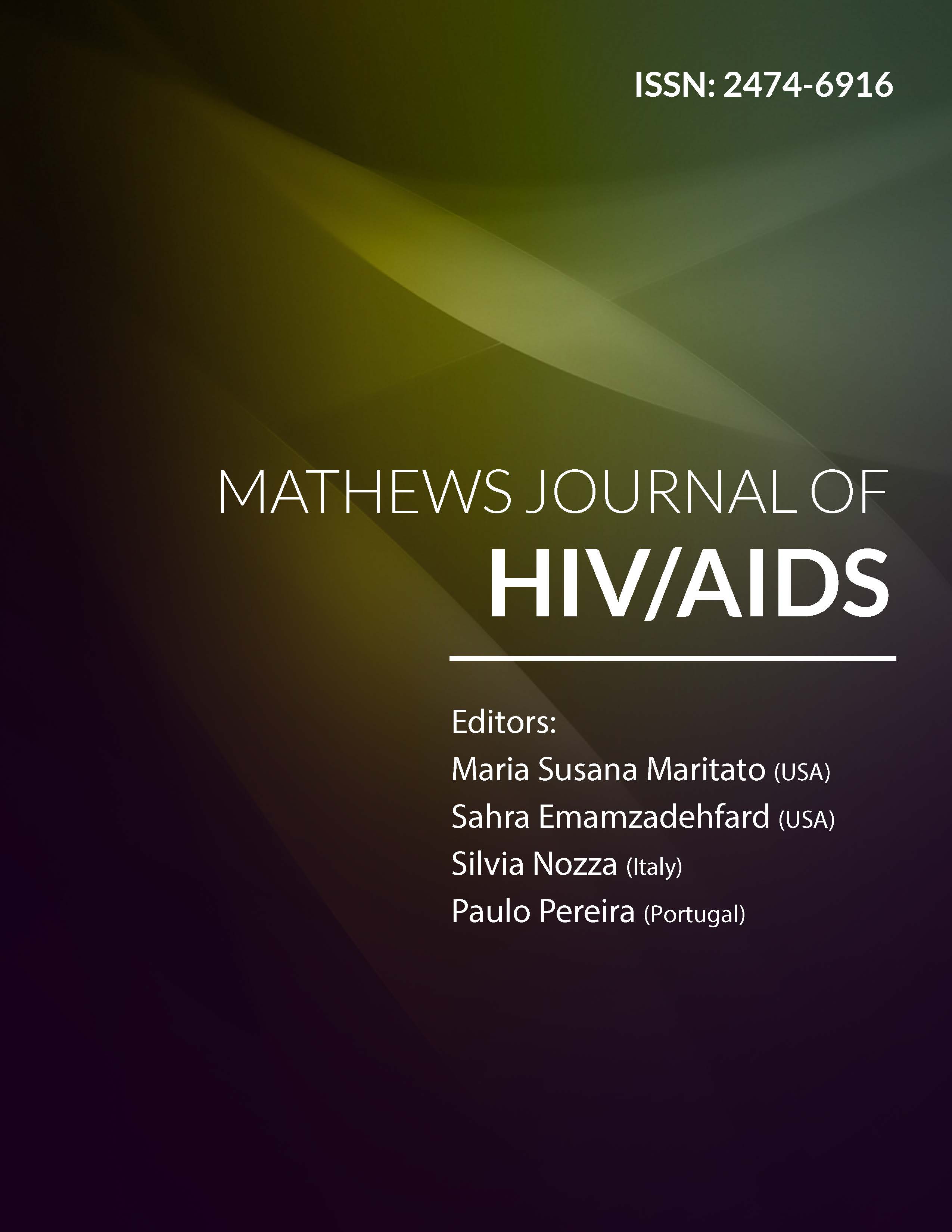
Information Links
Previous Issues Volume 2, Issue 1 - 2017
Evolution of Subtypes of the Human Immunodeficiency Virus Type 1 in Kinshasa over the Last 30 years: Documentary Review from 1985 to 2015
Erick Ntambwe Kamangu1, 2*, Berry Bongenia Ikolango2, Ben Bulanda Ilunga2
1Molecular Biology Service, Department of Basic Sciences, Faculty of Medicine, University of Kinshasa, Kinshasa-Democratic Republic of Congo.
2Research Group, Focus HIV/AIDS, Kinshasa-Democratic Republic of Congo.
Corresponding Author: Erick N. Kamangu, Molecular Biology Service, Department of Basic Sciences, Faculty of Medicine, University of Kinshasa, Kinshasa-Democratic Republic of Congo, Tel: +243 (0) 81 54 01; E-Mail: [email protected]
Received Date: 07 Feb 2017
Accepted Date: 14 Feb 2017
Published Date: 20 Feb 2017
Citation: Kamangu EN, Ikolango BB, and Ilunga BB. (2017). Evolution of Subtypes of the Human Immunodeficiency Virus Type 1 in Kinshasa over the Last 30 years: Documentary Review from 1985 to 2015. Mathews J HIV AIDS. 2(1): 014.
ABSTRACT
Context: More than 30 years after its official declaration, the infection by HIV is still a major public health problem in Kinshasa. This HIV epidemic is dominated by the group M of Type 1, which is subdivided into several subtypes and CRF.
Objective: The objective of this review was to expose the specificities of the HIV-1 epidemic in Kinshasa, in terms of the evolution of different variants of HIV over time.
Methodology: A literature review was carried out on various publication and abstract papers presented on conference focusing on the identification of the different variants of HIV Type 1 in Kinshasa, DRC. This research was limited to the published works and abstracts presented over the past 30 years.
Results: According to the different documentary sources, the subtype A of group M of HIV Type 1 remained more or less majority over time in Kinshasa. In 1985, subtype G was predominant at 37.5% followed by subtypes a (20.8%). In 1997, subtype A was the majority with 43.7% followed by subtypes D (13.4%). In 2000, subtype A was dominant at 42.2% followed by subtypes G (25.3%). In 2002, subtype A was predominant at 39.6% followed by subtype D (13.9%). In 2007, subtype A was in the majority at 23.0% followed by subtypes C (13.8%). By 2015, subtype A was also dominant with 22.9% followed by the CRF02_AG (11.1%).
Conclusion: The HIV-1 molecular epidemic in Kinshasa suggests persistence of subtype A and a significant increase in CRF02_AG in the general population over time.
KEYWORDS
Evolution; HIV-1 Subtypes; Epidemiology; Kinshasa.